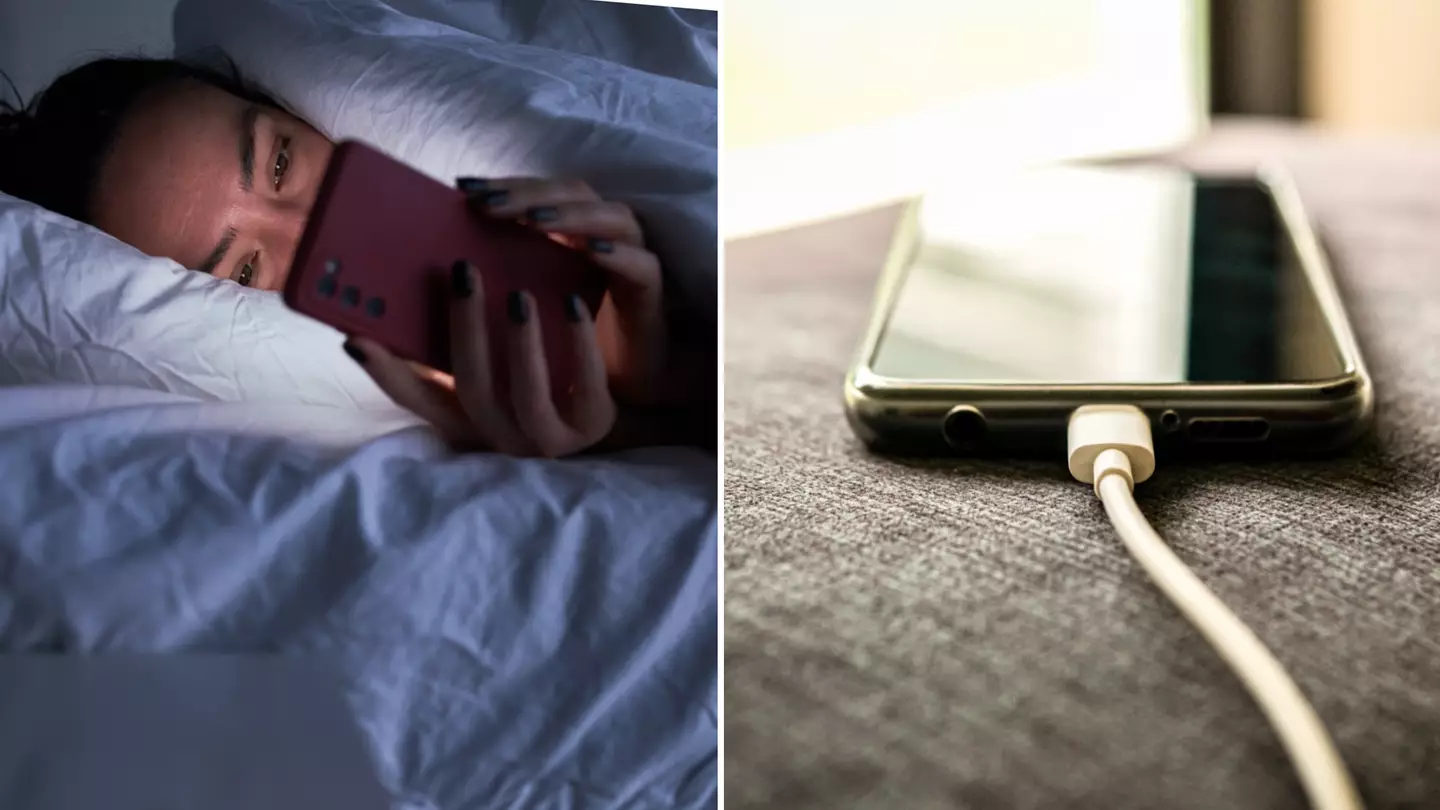However, a recent warning from Apple sheds light on the potential dangers associated with charging your iPhone overnight. While the convenience of waking up to a charged phone is undeniable, the risks of fire and injury should not be underestimated.
Overheating and Poor Ventilation
Apple’s cautionary message highlights a less-obvious consequence of overnight charging – the risk of overheating. Leaving your iPhone underneath a pillow or buried beneath blankets might seem cozy, but it could lead to hazardous consequences. The company emphasizes that when your phone is obstructed and unable to properly ventilate, the risk of overheating becomes substantial. Overheating not only endangers the functionality of your device, but it could also lead to a potentially catastrophic outcome: fire.
Apple’s safety information underscores the importance of avoiding situations where your skin is in prolonged contact with the charging cable and connector. The memo explains that prolonged contact with warm surfaces can lead to discomfort or injury. Such scenarios are not limited to simply sleeping on the charging cable but extend to placing the device, power adapter, or wireless charger under blankets, pillows, or even your own body when they are connected to a power source.
.webp)
Safety Memo for iPhone
Apple’s official safety memo leaves no room for ambiguity when it comes to charging practices. The memo serves as a stark reminder that even though overnight charging might be a common practice, it is not without its risks. Apple’s safety recommendations align with expert insights, emphasizing the significance of maintaining proper ventilation during charging.
In a TikTok video, a firefighter from Kent Fire Rescue shared crucial information that reinforces Apple’s warnings. Addressing common misconceptions, the firefighter highlighted three critical points. Firstly, the inability to smell danger while asleep, rendering individuals unaware of a potential fire. Secondly, the alarmingly swift onset of unconsciousness, making it nearly impossible to respond to emergencies. And thirdly, the fact that even genuine phone chargers can, in some cases, start fires. The firefighter’s advice boils down to one clear recommendation: it’s much safer to charge your phone while you’re awake and vigilant.
Apple’s Recommendations for Safer iPhone Charging
Apple’s safety guidelines extend beyond the realm of overnight charging, encompassing broader considerations for a safer charging experience.2 While the allure of leaving your phone under a pillow for convenient charging might be enticing, the potential consequences far outweigh the short-term benefits.
Apple’s recommendations revolve around maintaining a well-ventilated charging environment to prevent overheating. The company cautions against placing your iPhone, power adapter, or wireless charger under a blanket, pillow, or your body while connected to a power source. These precautions are particularly crucial if you have a physical condition that might hinder your ability to sense heat.

Moreover, Apple’s vigilance extends to the use of third-party chargers. While opting for cheaper alternatives might seem practical, it poses a considerable risk. Non-official chargers might not adhere to the same rigorous safety standards as Apple’s official products. To mitigate the risk of fire, injury, and damage, Apple advises users to seek out “Made for iPhone” cables that comply with international safety regulations.






